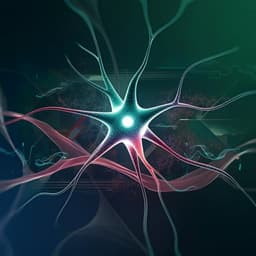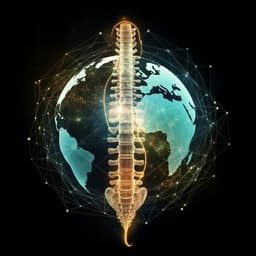
Biology
Targeting neurotrophin and nitric oxide signaling to promote recovery and ameliorate neurogenic bladder dysfunction following spinal cord injury -Mechanistic concepts and clinical implications
A. J. Kanai, K. Andersson, et al.
Discover groundbreaking insights from a workshop led by A J Kanai, K.-E Andersson, C H Fry, and N Yoshimura on harnessing neurotrophin and nitric oxide signaling to tackle neurogenic bladder dysfunction after spinal cord injury. Explore innovative therapeutic agents and novel mechanisms that could restore bladder function and improve quality of life for those affected by SCI.
~3 min • Beginner • English
Related Publications
Explore these studies to deepen your understanding of the subject.







